In this day of age (especially when managing young team members), coaching is a critical leadership skill to achieve high performance and to build a team of satisfied and engaged employees.
While it may feel uncomfortable at first to ask questions instead of giving advice, over time and with practice this will become a natural habit to you.
Note that not all conversations should be coaching conversations. There will always be situations in which your advise or instruction is absolutely necessary.
However, in the majority of conversations coaching skills can be applied effectively. In the following, I’ll discuss 4 essential coaching skills that will change the way you lead.
1 – Listen (and Be Present and Interested)
Listening sounds like an easy skill, but it’s actually likely the most challenging of all. When in conversations, we often think of what happened before or what we’re going to say next. Or we wander off making judgments or we even start thinking about our task list which has nothing to do with the current conversation. The skill of Listening requires full presence. You recognize presence when you experience it. It’s when you’re completely focused on the person in front of you. Your attention is like a light beam directed toward the person to whom you are talking.
To practice this critical skill, try the following:
- Remove any potential distractions such as phones or close down your email program
- Take a moment (even if just a few seconds) to focus on the other person
- Have an intention for the conversation. Remind yourself to stay focused and present.
- Hold eye contact as often as possible (in a natural way, of course)
- Listen to what is said and what is not being said (What does her tone of voice or body language tell you? What was emphasized and when was she less engaged?)
2 – Clarify
When coaching, we want to help the employee unravel, clarify, explain, and define what’s going on. It’s a common mistake to stop the discussion if we feel we said the main points. However, when we take it a step further, we often discover a whole new level of relevance. Continuously follow up with “What does that mean to you?” or help the other person get more specific by asking how often, when exactly, what for and so on.
It may feel uncomfortable at the beginning (both for you and the other person) but the increased clarity in your communication with others will not only strengthen your relationships but also help form mutual understanding and expectations.
3 – Mirror
When we mirror our employees, we are feeding back what we see, hear and sense about them. It’s not about our opinions or comments. To mirror means to reflect what the other person has said without adding our own interpretations or evaluations.
Here are some ways to practice mirroring:
- Throughout the conversation repeat what you are hearing the other person say and do so by using the exact same words that your employee used. For example “So what I hear you say is that you feel your ideas were neglected by the rest of the team, correct?”
- Tell your employee what you are noticing ‘between the lines’. Pay attention to the voice, tone, feelings that come up. For example, you could say “It sounds like this is really upsetting you” or “I sense some hesitation from you on this topic, is that true?”.
4 – Ask Powerful Questions
Asking questions is the most powerful tool in coaching. Coaching questions are open-ended (i.e. cannot be answered with a simple Yes or No), thought-provoking, and solution-oriented.
In your next conversation with a team member, notice how often you ask questions, compared to how often you give answers. A core belief of coaching is that team members are able to find their own solutions to their problems, and by doing so their level of engagement, responsibility, and productivity increases significantly.
Here are a couple of tips to ask powerful questions:
- Avoid asking “why?”. Starting with “why” often puts the other person in defense as it may be perceived as a judgment. Simply rephrase your question to “what made you..” or “how did you..”
- Follow up with “what else?”. The first answer is often just the first answer. The best answer may yet to be revealed. Keep asking “what else?” to bring up deeper levels in the conversation.

